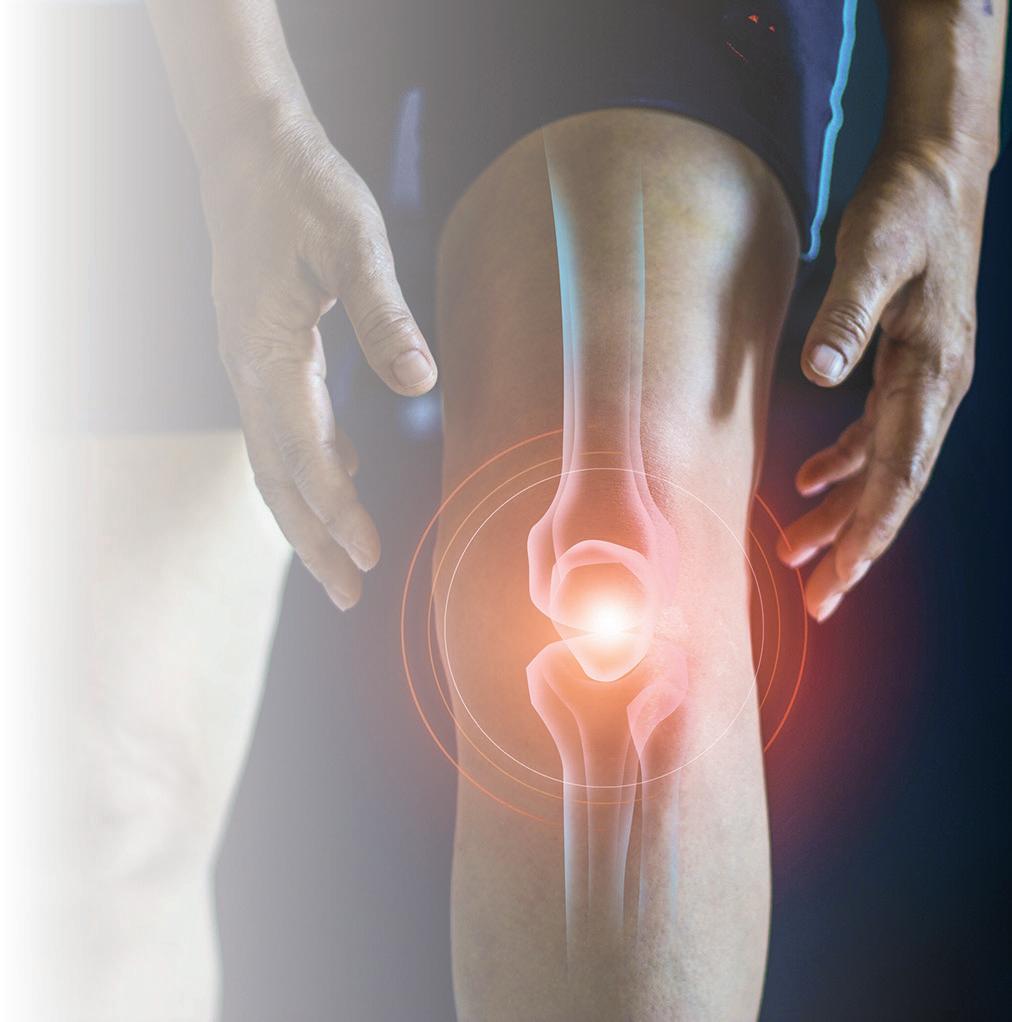





























Anyone who lives in close proximity to a pickleball court can no doubt attest to the popularity of the sport. According to the 2023 Topline Participation Report from the Sports & Fitness Industry Association, pickleball participation grew by 159 percent between 2019 and 2022. Such figures are a testament to the popularity of a sport that has reinvigorated millions of players’ enthusiasm for physical activity and team sports.
The thrill of competition and the joy of social interaction undoubtedly have contributed to the popularity of pickleball, but those are not the only benefits to participating in this fast-growing sport. Indeed, there are many potential health benefits to pickleball as well.
• Pickleball provides a fun way to embrace physical activity. It’s easy to lose interest in an exercise regimen characterized by time on a treadmill and traditional strength training in a gym setting. Though cardiovascular exercise and strength training are vital components of successful exercise regimens,
it’s important that individuals make their fitness routines enjoyable, which increases the likelihood that they will remain committed to less sedentary lifestyles. The SFIA report found that players deemed pickleball 150 percent more enjoyable than walking for 30 minutes.
• Pickleball provides social benefits that positively affect longterm health. According to Duke Recreation & Physical Education at Duke University, pickleball has earned a reputation as an inclusive, community-building activity. The socialization aspect of pickleball should not be overlooked when discussing the health benefits of the sport.
According to the Centers for Disease Control and Prevention, loneliness can increase a person’s risk for mental health issues like depression and additional problems like heart disease, dementia and stroke. By engaging in social activities like pickleball, individuals can reduce their risk for loneliness,


Many people serve as caregivers to help a loved one manage an illness or injury. The senior housing resource A Place for Mom says, between 2015 and 2020, the number of unpaid caregivers increased from 43.5 million to more than 53 million. Many caregivers assist seniors, but some also help younger adults with physical or mental disabilities.
Caregiving can be time-consuming on both a daily and yearly basis. The average length of time caregivers provide unpaid care is 4.5 years. As life expectancies increase, the number of caregivers is likely to grow. As more people take on caregiving duties, the challenges those individuals may confront have drawn more attention.
Emotional and physical stress: American Senior Communities reports that 22 percent of caregivers
say their personal health suffered upon taking on a caregiver role.
Emotional stress has been particularly prevalent among people caring for someone with dementia.
Con ict about care:
Unpaid caregivers often juggle caregiving duties with the responsibilities of their own lives. Sometimes there is not an equitable division of time and one person or another may feel overburdened by caregiving tasks, resulting in disagreements with others.
Increased depression and psychological distress:
Research conducted by Maastricht University in 2018 revealed unpaid caregiving for 20 hours or more each week can result in impaired self-care for the caregiver. That may lead to feelings of depression or additional mental health issues.
Financial stress:
Providing unpaid care requires
some to leave a full- or part-time job to provide assistance to a loved one. That results in lost wages that can adversely affect caregivers’ financial security. Furthermore, there may be expenses directly related to caregiving that caregivers pay from their own savings. According to AARP, 22 percent of caregivers report using all of their short-term savings, while 13 percent say they went through all of their long-term savings while taking care of elderly parents at home.
Isolation and/or lack of privacy:
Caregivers may not be able to get out as much to engage in recreational or even typical family activities. In addition, some caregivers report that caring for a loved one in a small space means boundaries are broken and it’s hard to enjoy any semblance of privacy.
Physical demands:
Caregivers can injure themselves
or face physical strain when tasked with caring for someone with mobility issues. Lifting or helping someone move from beds, chairs or wheelchairs can strain various areas of the body.
Time management:
Balancing caregiving with other responsibilities can make it feel like there are not enough hours in a day. Caregivers also often decline invitations or miss out on gatherings because they cannot manage time to make it to events when the needs of the person in their care must take priority. Job loss also may occur when caregivers must be away from work to go to appointments or help in a caregiving setting.
Caregivers often devote many hours to helping loved ones. Various challenges that can be emotionally, physically and financially taxing can arise in these situations.



Family caregivers are unsung heroes. Such individuals typically provide vital services to their loved ones who cannot fully care for themselves, and they often do so without compensation.
Data from the U.S. Bureau of Labor Statistics indicates the prevalence of family caregivers across the country. According to the BLS, 14 percent of the population, which equates to roughly 37 million people, provide unpaid eldercare across the nation. Unpaid caregivers also provide vital services in Canada, where the Canadian Institute for Health Information reports such individuals provide an average of 17 hours of unpaid care each week (26 hours for those who care for seniors with dementia). Caregiving for a family member can take a toll that affects caregivers’ physical and mental health. According to the Centers for Disease Control and Prevention, caregivers are at increased risk for
developing multiple chronic diseases since many neglect their own health needs while caring for others. In addition, roughly 15 percent of caregivers who participated in a CDC survey reported experiencing 14 or more mentally unhealthy days in the past month.
The physical and mental toll of caregiving underscores how important it can be for families to find ways to share caregiving duties. Though each situation is unique, the National Institute on Aging offers the following advice to families as they seek to share the responsibility of caring for a loved one in need.
The NIA recommends families discuss caregiving needs as early as possible and ideally before an emergency situation arises. If possible, the person in need can participate in this conversation and help to calmly discuss which services are wanted
and needed. If a loved one is diagnosed with a condition in its early stages, such as dementia, families can then work together to identify the level of care required in the immediate future and potentially down the road should the condition worsen.
Choose a primary caregiver.
The primary caregiver will be the individual who accepts the bulk of the daily responsibilities of caregiving. Identifying this person early, ideally before a primary caregiver is even needed, can limit confusion should the day come when the individual needs daily care.
Determine each caregiver’s contribution.
The caregiving team can discuss each person’s skills and how they can be used to take care of the individual in need. This can be particularly useful when assigning specific tasks. For example, a caregiver who works in the medical field may be most qualified to speak to

medical staff about their loved one’s condition, while another who works in the financial sector may be tasked with managing a loved one’s bank accounts and ensuring bills are paid on time.
Recognize everyone has limits
A caregiving team is just that: a team. As noted, caregiving can take both a physical and emotional toll, so it’s important that everyone, and particularly the individual chosen as the primary caregiver, receive routine breaks to ensure everyone can take care of themselves. It’s important that a caregiving team maintain a degree of flexibility to account for the physical and mental challenges caregivers may encounter as they tend to a loved one in need.
Sharing the responsibility of caregiving can ensure caregivers and their loved ones in need are not overwhelmed by the challenges they might confront each day. More information about caregiving can be found at nia.nih.gov.
Caregivers come from all walks of life. Doctors and nurses may be the frontline medical providers people encounter most frequently, but there are plenty of others who do their part to maintain the well-being of individuals, including home health aides.
Home health aides, sometimes called personal care aides, are brought in to assist a person with activities of daily life. An HHA typically helps a person who may need some assistance with tasks they cannot perform due to illness or disability. HHAs may work in a person’s home, in a group home or in another care facility.
AARP says home health aides are considered health care paraprofessionals and must meet established
training requirements, which vary by location.
HHAs may perform various duties, including:
• assistance with personal care, such as dressing, toileting, feeding, and moving from bed to chair, etc.
• checking vital signs
• monitoring a client
• light housekeeping
• meal planning and cooking
• picking up prescriptions
See roLe Page 7

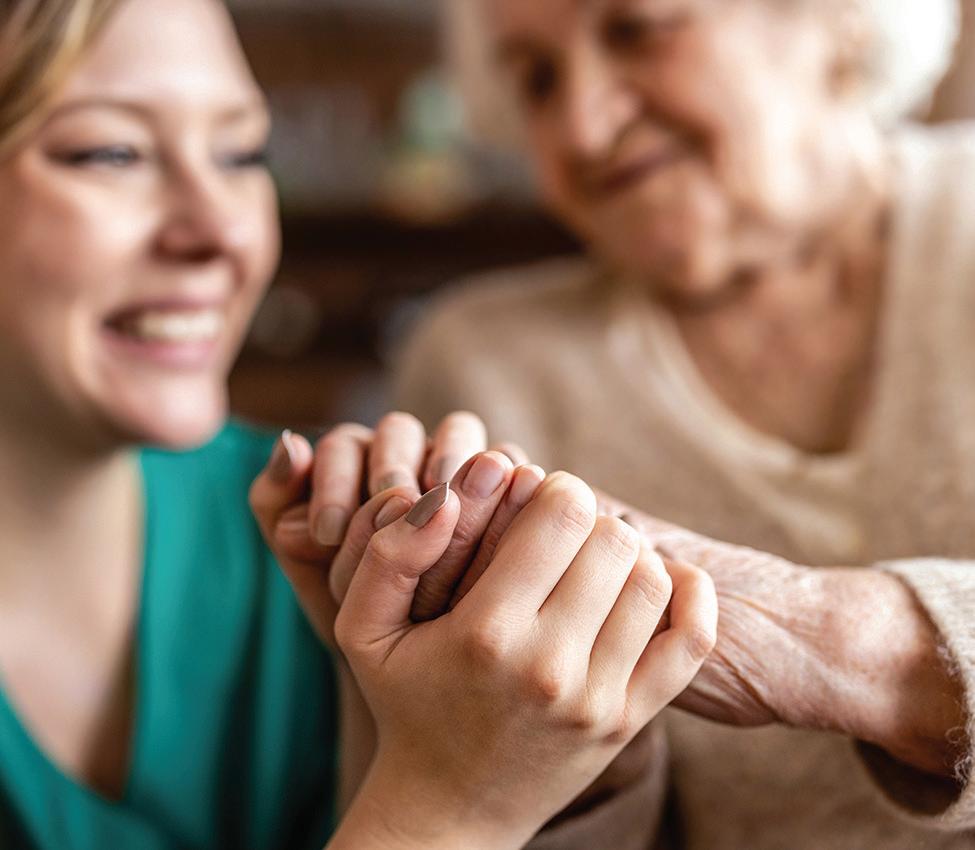



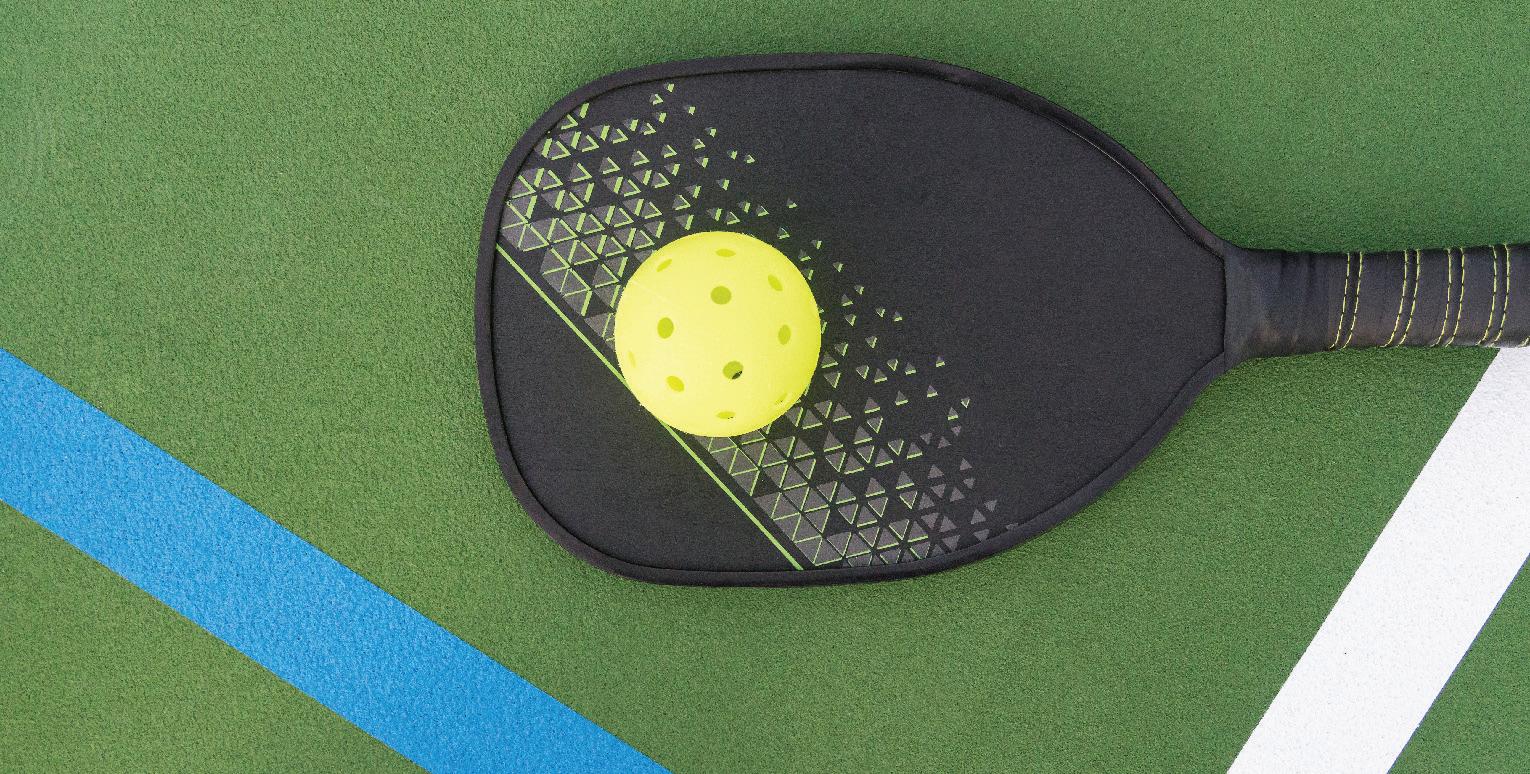
Continued From Page 2
which can improve their overall quality of life and may lower their chances of developing potentially deadly health problems.


• Pickleball can lead to a healthier heart. A study from Apple that is examining the effects of pickleball participation on heart health has thus far found that playing pickleball helps players reach moderate to vigorous heart rate zones. Cardiologist and Harvard Medical School professor of medicine Dr. Calum MacRae notes that ample time in moderate heart rate zones has been found to improve cardiac fitness.
• Pickleball can benefit brain health. MacRae, one of the Apple study’s lead investigators, notes that pickleball is one of various activities that also can improve memory and recall over time. The physical benefits of pickleball may not be lost on players, but some may be surprised to learn the sport offers cognitive health benefits as well. A 2023 study published in the journal Frontiers in Psychology found that pickleball participation led to significant improvements in personal well-being, life satisfaction and happiness.
Pickleball courts are packed, and players may or may not realize all they are gaining from participation in this wildly popular sport.
• companionship
HHAs typically will not provide skilled nursing care and may not be able to offer recommendations on treatment or medications.
Individuals can find the services of HHAs who may work independently or are placed through agencies. Sometimes a doctor or hospital will have connections to HHA services and can make referrals. It can be useful to
interview several potential HHAs to find one who will fit with the needs and personality of the person requiring assistance. A good HHA will be compassionate, patient and flexible. As illness or injury also can affect a person’s mood, HHAs must be able to adjust if a client is reluctant to receive help or is depressed or anxious from his or her limitations.
Home health aides serve vital roles in the health care community by providing care and companionship to those who can no longer live independently.




Welcoming a child into the world is an exciting time for parents. However, new parents often lament that there is no guidebook to caring for and raising children. This becomes even more apparent when parents must confront illnesses that affect their children. It can be disconcerting when a child is affected by illness and parents feel helpless. Such feelings may arise when children’s allergies first present.
Just like adults, children can be sensitive to allergens in their foods or their environments.
Cedars-Sinai says allergies affect the immune system. Allergic reactions occur when the immune system reacts to something generally harmless and thinks it is a danger. So the body then attacks the allergen with antibodies, causing a number of reactions in the body.
The U.S. Centers for Disease Control and Prevention says nearly one in five children has a seasonal allergy, more than 10 percent have eczema, and nearly 6 percent have a food allergy.
Food Allergy Canada says almost 600,000 Canadian children under


age 18 have food allergies. Children may experience allergies differently than adults. The American College of Allergy, Asthma and Immunology says some of the more common allergy symptoms in children include:
• Skin rashes or hives (atopic dermatitis or eczema)
• Difficulty breathing
• Sneezing, coughing, a runny nose or itchy eyes
• Stomach upset
• Chronic nasal congestion
• Ear infections, since allergies can lead to inflammation in the ear and may cause fluid accumulation
• Itching in ears or the roof of the mouth
• Red, itchy, watery eyes
• A severe, life-threatening allergic reaction known as anaphylaxis
Allergies can be caused by a num-
See aLLergieS Page 8




Danielle
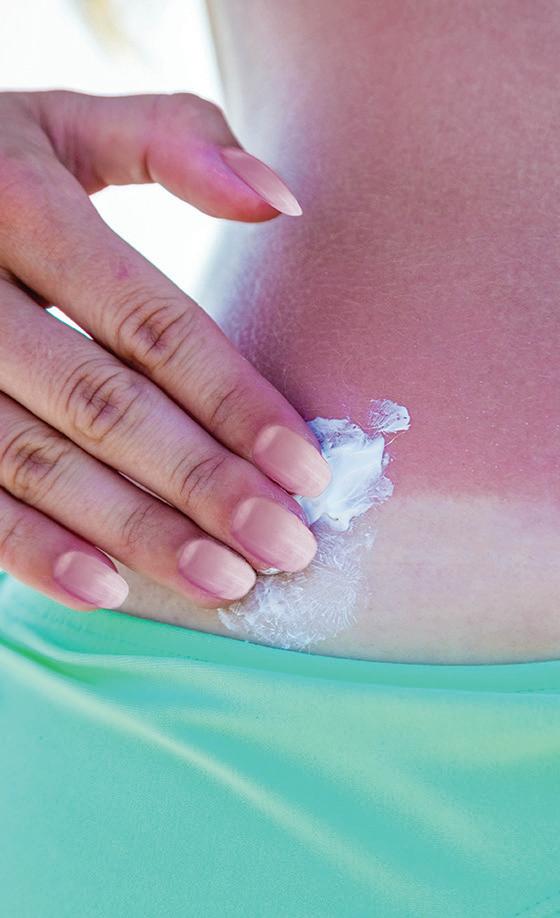
Spring and summer are times of the year when the great outdoor beckons more strongly than it does in fall and winter. Temperate climates and abundant sunshine encourage people to leave their homes and bask in the warm rays of the sun.
Spending time outdoors is good for mental health and it’s a natural way for people to get adequate vitamin D, also known as the sunshine vitamin. The National Institutes of Health say exposure to sunshine for five to 30 minutes a day, most days a week is optimal to make vitamin D. A large percentage of the population is deficient in vitamin D. The NIH says there are many studies correlating vitamin D insufficiency with increased risk of numerous chronic conditions, including hypertension, diabetes, myocardial infarctions, and brittle bones. However, sun exposure to make vitamin D needs to occur without sunscreen for maximum impact. That begs the question of just how safe it may be to spend time outdoors without sun protection, and what are the risks of doing so? Also, do the risks of vitamin D deficiency outrank those
Continued From Page 7
ber of things. The most common triggers are tree, grass and weed pollens, according to Cedars-Sinai. Mold, dust mites, animal dander, bee stings, pests like roaches and mice, and foods also cause allergies. Children also may be allergic to medicines, which can be scary, since parents may not have any prior warning of an allergic reaction to a new medication.
Allergies can affect anyone, and
parents who suffer from their own allergies may have children who also have allergies. Doctors are not sure why allergies tend to run in families. Also, allergic symptoms can happen slowly over time.
Parents who suspect their children may have allergies should discuss their concerns with a doctor for an accurate and complete diagnosis.
Allergists typically use skin testing to confirm allergies. Liquid-form extracts of allergens are placed on the top layer of the skin through
involving sun exposure and cancer causation? It’s a conundrum, to be sure.
The good news is that most people can safely enjoy the sun and obtain vitamin D. Here are some tips and safety precautions.
• Keep in mind that the sun’s rays are strongest between 10 am and 4 pm. Therefore, if you must spend time in the sun, do so outside of this time period.
• Promptly apply sunscreen. After a short period of unprotected sunshine of no more than 30 minutes, put on sunblock right away. Also, reapply as indicated on the packaging depending on activity. Harvard Health says that sunscreen cannot block all UV rays, and even usage of sunblock will not staunch all vitamin D production.
• The National Cancer Institute suggests using an SPF of at least 15, but some doctors recommend SPF 30.
• Ultraviolet radiation is the number
a pricking device, says Childrens Hospital. The skin will turn red where the test was applied if an allergen causes a reaction. Skin testing is usually faster than blood tests.
Treatment for allergies tends to involve avoiding common triggers. Immunotherapy and certain medications also may be advised. Always consult with the child’s pediatrician before administering any over-the-counter allergy medications.
one cause of skin cancer. Utilize wide-brimmed hats, sunscreen and protective clothing to prevent cumulative sun exposure, which can lead to basal cell and squamous cell skin cancers.
• Keep in mind that episodes of severe sunburns, usually before age 18, can raise the risk of developing melanoma. Children should be just as mindful of sun exposure as adults.
• It is challenging to define what “too much sun” actually is, says the European Code Against Cancer. Strength of the sun (UV index), skin type and the strength of sunscreen all merit consideration A person with very fair skin exposed to an ultraviolet index of 6, which is easily reached at noon in summer, can suffer sunburn in as little as 10 to 15 minutes.
It’s a fine line to balance healthy sun exposure to obtain vitamin D and avoiding sun damage to the skin. But it’s best that people walk that tightrope with sun safety in mind.
Arthritis isn’t a single disease, but a term that refers to more than 100 conditions characterized by joint pain or joint disease, says the Arthritis Foundation. Arthritis is the leading cause of disability in the United States, and affects women at a proportionally higher rate than men.
Arthritis looks and feels different to the various people who experience it, and symptoms can vary from day to day depending on variables such as the weather and individuals’ level of physical activity. When arthritis flares up, it can make performance of daily activities challenging. Therefore, people experiencing arthritis can take steps to make living with
the condition somewhat easier.
An occupational therapist can assess work and home situations and make recommendations on potential modifications to these spaces that might be right for your situation. The bathroom and kitchen typically are two spaces where people spend a lot of time and can be areas of focus. Having items at counter height; purchasing smaller sizes of products that are easier to hold; avoiding bending down by using a grabber tool; and having a
See artHritiS Page 11
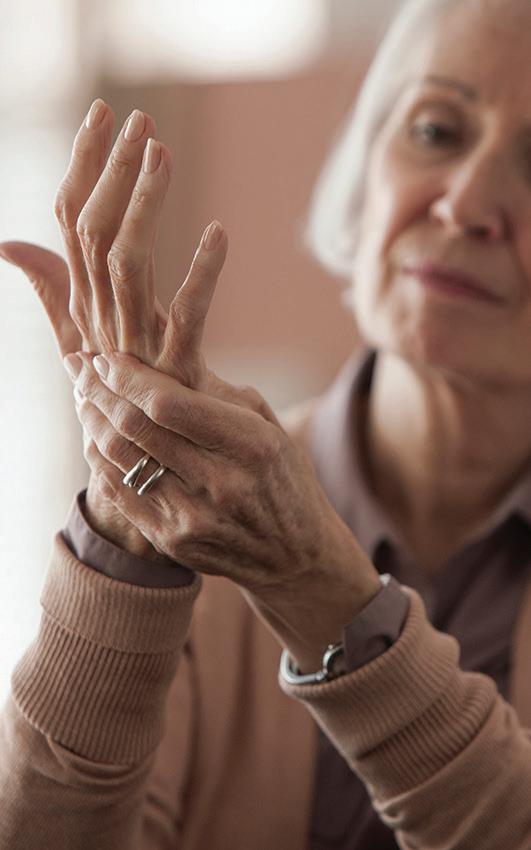
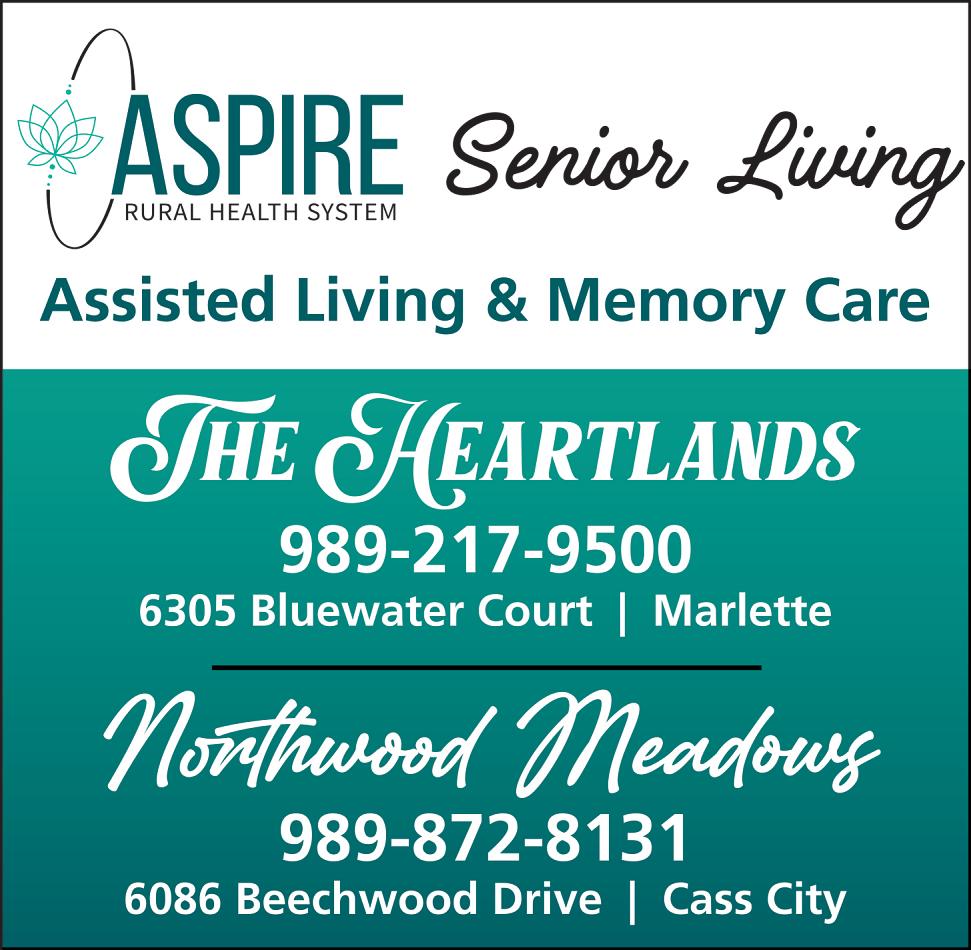


Did you know?
Arthritis is a series of conditions that primarily affects joint health. The two main types of arthritis are osteoarthritis and rheumatoid arthritis. The University of Michigan Health says osteoarthritis occurs when the smooth cartilage joint surface wears out, and the condition usually begins in an isolated joint. Rheumatoid arthritis is an autoimmune disease that causes the body to attack itself. RA targets the joints, but other parts of the body can be affected as well. The Cleveland Clinic says that osteoarthritis is generally diagnosed in adults older than age 50. Rheumatoid arthritis tends to develop in adults between the ages of 30 and 60.



The great outdoors beckons billions of people across the globe every day. There’s much to be gained from spending time outdoors. According to the American Psychological Association, exposure to nature has been linked to improved attention, lower stress, improvements in mood, and reduced risk of psychiatric disorders.
With so much to gain from spending time in the great outdoors, it’s no wonder so many people embrace opportunities to get outside. When doing so, it’s important that individuals take proper precautions, such as wearing sunscreen and staying hydrated. But it’s equally important to protect your eyes before soaking up some springtime and summer sun.
• Purchase prescription sunglasses, if necessary. Sunglasses are vital to protecting the eyes from the sun’s ultraviolet (UV) rays. If you wear prescription eyeglasses indoors, then you should also wear prescription sunglasses when spending time outside. Even contact lens wearers may want to invest in prescription sunglasses for those times
when they’re engaging in physical activity outdoors. Sweat makes its way into the eyes when exerting oneself outdoors, and that can make contacts uncomfortable. Airborne allergens like pollen also can make contacts less comfortable when outside, and prescription sunglasses can help people avoid such discomfort while protecting the eyes from UV rays.
• Wear a hat or visor.
Hats and visors also help to protect the eyes from UV rays. The National Eye Institute recommends wearing sunglasses even on cloudy days, but it’s easy to forget them when leaving home or the car on an overcast morning or afternoon. Hats or visors can serve as a safety net on cloudy days when you forget to bring your sunglasses.
• Avoid rubbing your eyes.
Whether it’s airborne allergens or debris, things can get into the eyes when spending time outdoors. In such instances, your first instinct might be to rub your eyes. However, University of Utah Health notes that rubbing your eyes can be very dangerous and increase risk for illness. Virus droplets can attach to
hands and enter the body through the conjunctiva, a thin layer of tissue that lines the inner eyelid. This can cause infection in the eye. Dust and dirt on relatively clean but unwashed hands also can enter the eyes upon rubbing them, potentially leading to irritation and infection. So it’s best to avoid rubbing eyes when they feel irritated and opt for eye cleaners and eyelid wipes instead.
• Keep your hands clean.
Though it’s best to avoid touching your eyes with your hands, doing so is an instinctive response for many people. Frequent hand washing can keep hands free from bacteria and dust that can enter the eyes after they are touched or rubbed. No one knows how clean or dirty surfaces outside their own homes are, and surfaces outside may be particularly dirty or dusty. Frequent hand washing reduces the likelihood that dirt and debris will find its way into your eyes.
When the great outdoors beckons, individuals can take various steps to protect their eyes from damage and infection.
Asthma affects a person’s ability to breathe. The National Institutes of Health says asthma is a chronic condition that inflames and narrows the airways in the lungs. Asthma can develop when a person has a severe respiratory infection as a child, or if one has an allergic condition. The American College of Allergy, Asthma and Immunology says around 8 percent of Americans have asthma, a figure that equates to roughly 24.9 million adults and children. Across Canada, asthma affects the lives of more than 3.8 million Canadians, and is the third most common chronic disease, says Asthma Canada. Avoiding asthma triggers can help to reduce the frequency of attacks. Inhaled medication can control asthma and allow people with asthma to lead normal, active lives, says the World Health Organization.
Continued From Page 9
chair or stool nearby so that you can sit while doing an activity can help.
The bevy of smart devices now available can work to your advantage. With the push of a button on a phone app or through voice control, you can turn on lights, switch the thermostat or perform any other tasks programmed around the house. This can help when mobility is compromised.
Meal preparation can be a chore when arthritis makes it painful. Rather than eating out all of the time, some tips can help. Utilize frozen fruit or vegetables
that already are chopped and prepared to cut down on these tasks. Invest in lightweight cookware and dishes to simplify moving items around. Electric jar openers, kitchen scissors and even vegetable steamers that require less water are additional kitchen tools that can make life with arthritis a little easier.
If climbing stairs repeatedly is problematic, move clothing or even your bedroom downstairs to reduce trips up and down. Additional relocation techniques can include putting a mini fridge in your bedroom or relocating the washer and dryer upstairs to make laundry easier.
A rollator is a wheeled walker
that doubles as a seat. It provides support when walking, but also can be a comfortable place to stop and take a seated break.
Pain relief can make it easier to cope. Strategies include anti-inflammatory medications, physical therapy and massages, stretching and exercising, and even prescription therapies that target the immune system in people with autoimmune arthritis. Work with health professionals to get the right combination of what is needed to alleviate pain and stiffness.
Arthritis affects millions of individuals around the world. By making some changes, people living with the condition can find life a little bit easier.
